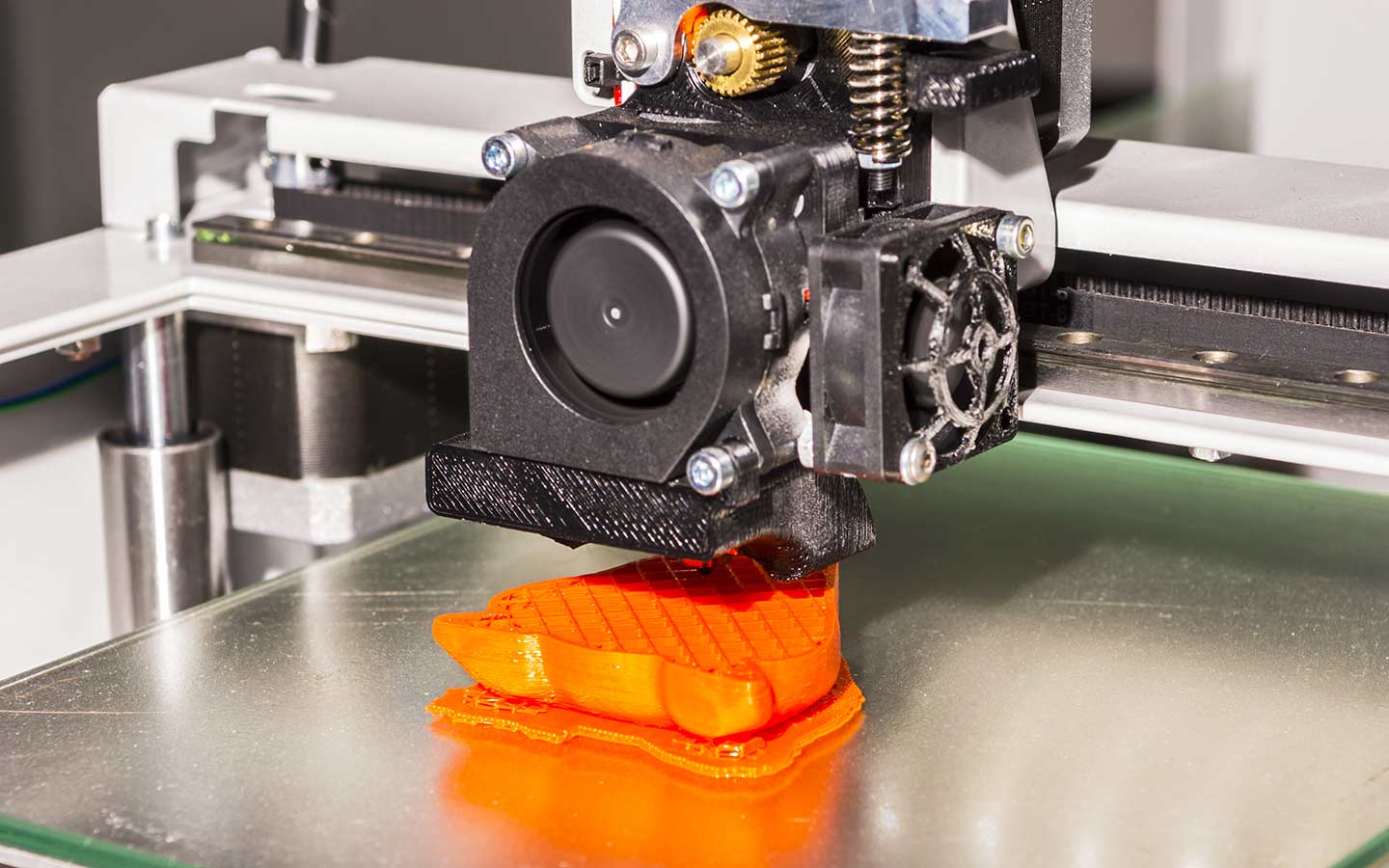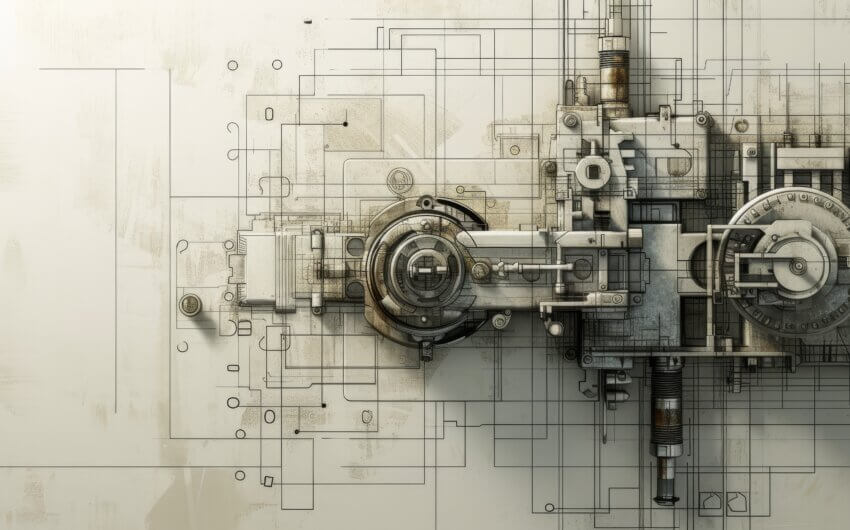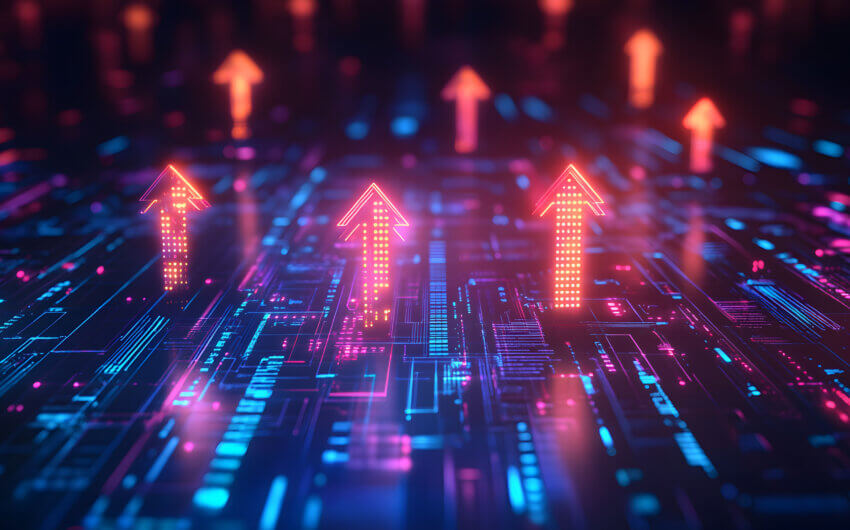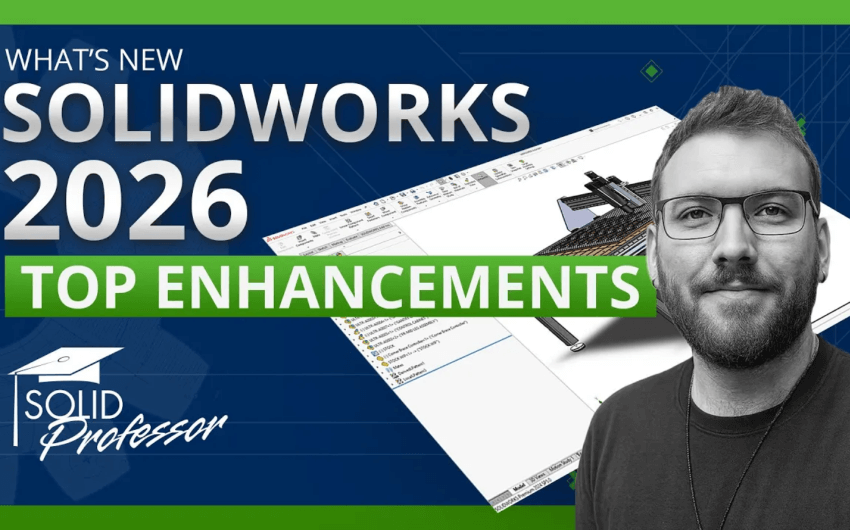What is additive manufacturing?
Additive manufacturing is the process of producing an object one layer at a time. And although it refers to any process that adds material to build an object from the bottom up, it’s most commonly associated with 3D printing. In fact, most people use the terms additive manufacturing and 3D printing interchangeably.
In addition to 3D printing, there are other terms often used to describe additive manufacturing including additive fabrication, freeform fabrication, fabbing, and additive layer manufacturing.
→ Watch tutorials on how to become a 3D printing specialist.
The next generation of additive manufacturing is already here. Are you ready?
Additive manufacturing has come a long way since engineers and manufacturers began using the process in the 1980s as a cost-effective way to develop prototypes quickly. As the process became more finely tuned, companies started using additive manufacturing for small products with low-volume production needs.
Today, additive manufacturing is used to create fully-functional products at scale. For instance, innovative companies like GE and Boeing use additive manufacturing as an integral part of their design and production. And the same benefits additive manufacturing introduced to prototyping in the 80s — time and cost savings — still hold true.
In this article, we’ll dive into the three factors you need to consider in order to successfully design for additive manufacturing so you can rise to the level of the industry’s biggest players.

Need to design for additive manufacturing? Here are three factors to consider.
1. Additive Manufacturing Consideration: Supports
Although additive manufacturing is an incredible, modern innovation, it can’t defy gravity. Including supports in your design is unavoidable in areas where a part has an undercut or outward sloping wall of 45 degrees or more and is normal/perpendicular to the part’s build orientation.
Depending on the material you’re using in your design, you’ll be able to choose from up to three different types of supports: soluble, breakaway, and powder & machined.
When to use soluble supports
Soluble supports are ideal for most designs, processes, and materials. They’re sturdy and can be washed away in a media blaster after the part is finished.
When to use breakaway supports
Breakaway supports are the best option for higher-strength materials like FDM and ULTEM thermoplastics. In most cases, breakaway supports should be removed by hand. However, depending on the geometry, this can prove to be difficult. If you can’t remove the breakaway supports by hand, you’ll need to machine them off manually by using a cutting process like CNC or wire EDM.
When to use powder & machined supports
The best support is no support at all. You can achieve this by using either an SLS or MJF printing process. Since both the additive manufacturing technologies print parts within an enclosed bed of powdered material, the uncured powder acts as a support for the part while it’s being built. Once a build is complete, the part is removed from the platform by clearing away the excess powder. Then, the part is media blasted to remove any traces of powder that may be on the part’s surface.
2. Additive Manufacturing Consideration: Topology
Another important factor to consider when designing for additive manufacturing is topology. Topology refers to the way in which parts are interrelated or arranged. More specifically, you need to consider the build orientation (i.e., z-axis) of the part in order to maximize the part’s functionality.
The build time for nearly all 3D printing processes is a direct function of the part’s z-height (a.k.a., the number of layer lines) and the amount of material it takes to build. Understanding the topography will not only reduce your production time but it will also help you optimize the strength of the part’s other features.
For example, protruding cantilever-like clip features have the highest strength if they’re built perpendicular to the z-axis. This is because it maximizes the area of interlaminar contact between each layer. In short, if you know the desired build orientation of your part, you can locate those features to maximize their strength.
3. Additive Manufacturing Consideration: Finishing
The third and final design for additive manufacturing consideration is the product’s finish and aesthetic. You should consider this even before choosing a 3D printing technology. While the vast majority of 3D printing process materials can be easily sanded or post-processed with most conventional coatings or paint, some technologies have more unique finishing options. For instance, FDM allows you to use a vapor finishing and MJF lets you use dye.
When you’re determining the aesthetic, you need to also consider the time and costs associated with each finishing option because they’re not all created equal.
→ Watch tutorials on how to design for additive manufacturing.
This article is part of our #MFGDay19 series! We’re celebrating the manufacturing industry all month. Check out other articles from the series here:
- Why the Manufacturing Industry Needs to Close the Gender Gap in Order to Defeat the Skilled Labor Shortage
- How Employers Can Attract Fresh Engineering and Production Talent to the Manufacturing Industry
- 3 Transformative Manufacturing Innovations in Industry 4.0
- The Truth Behind Some of the Biggest Myths about Manufacturing Jobs
- Everything You Need to Know about Apprenticeship Programs (and Why You Might Want to Start Applying Now)
























